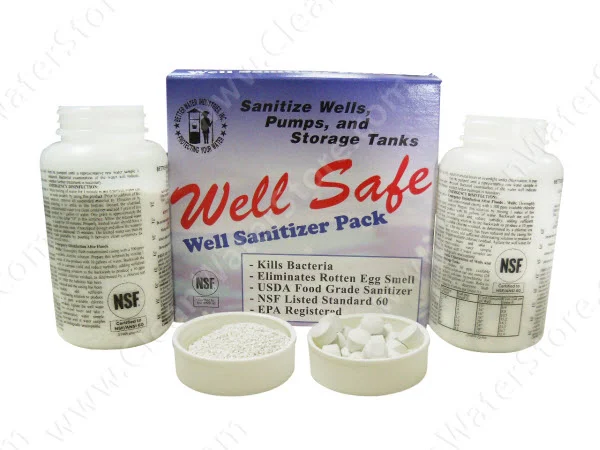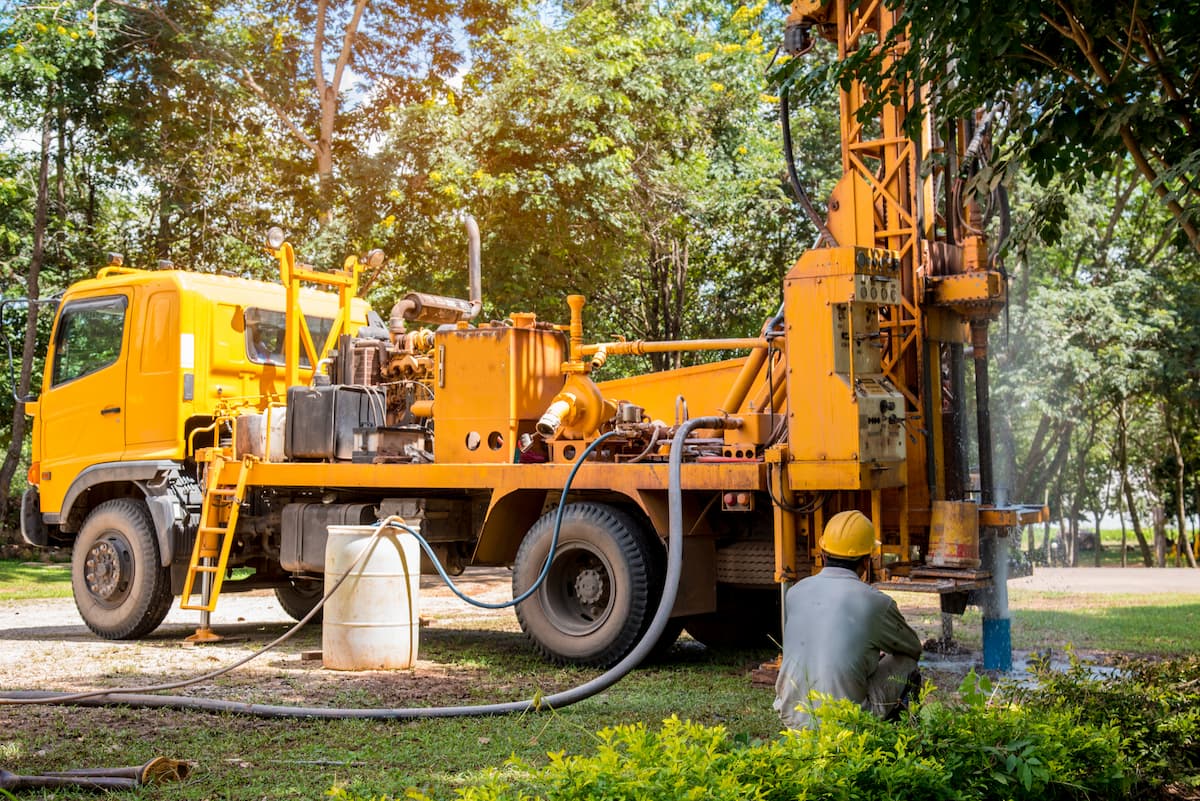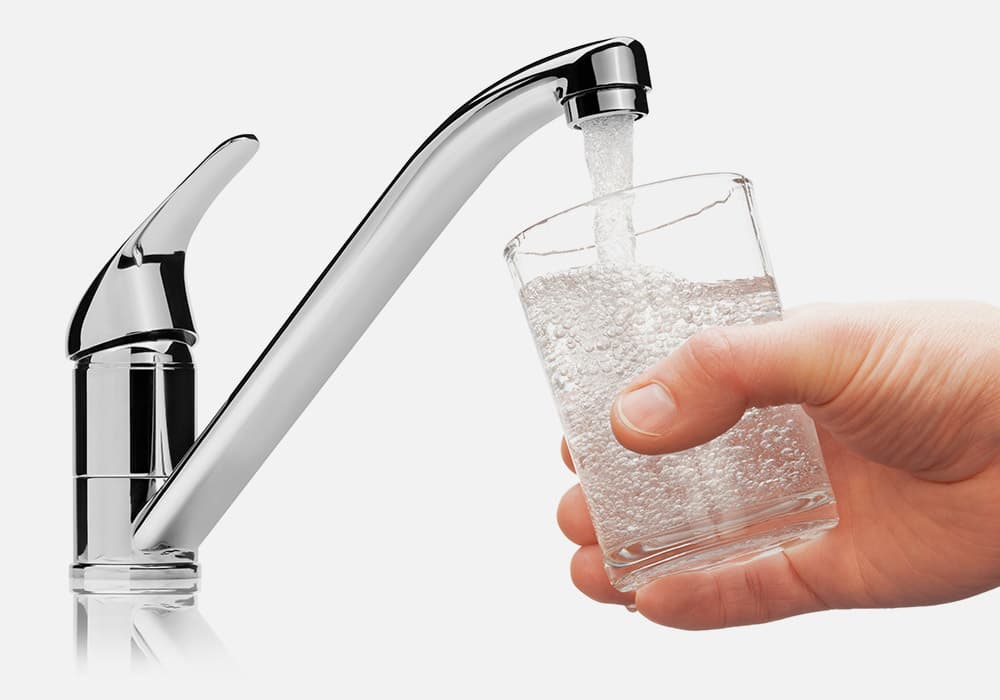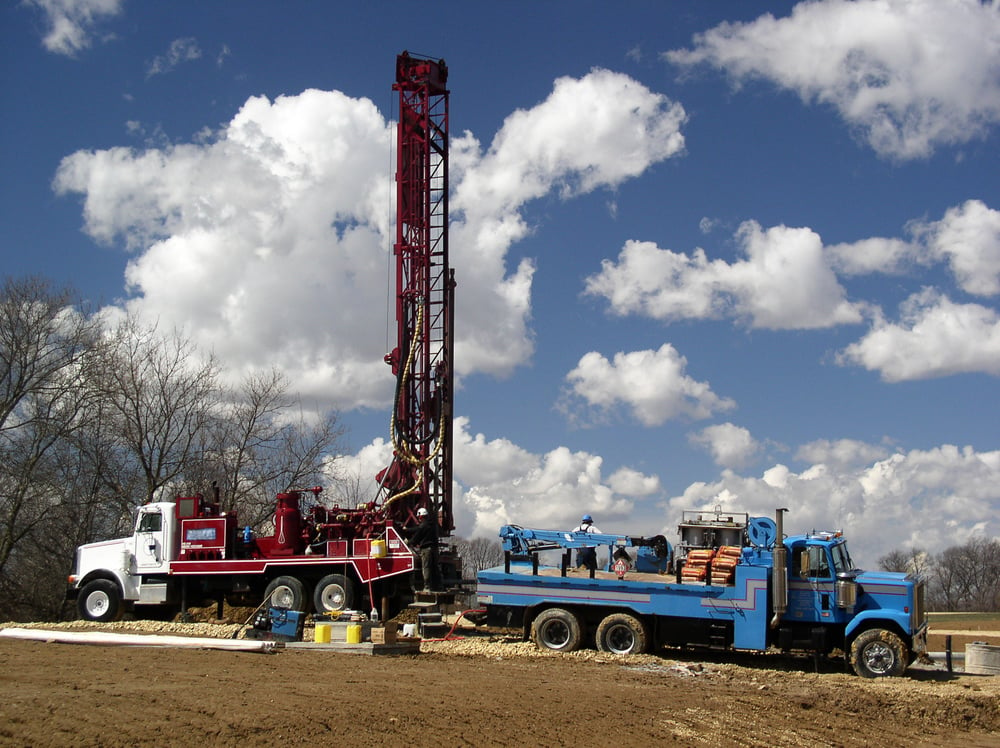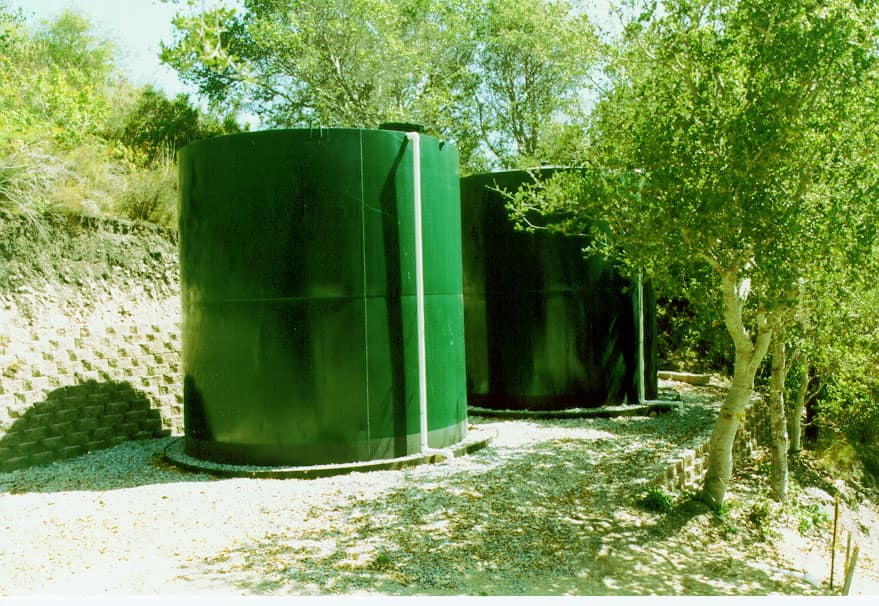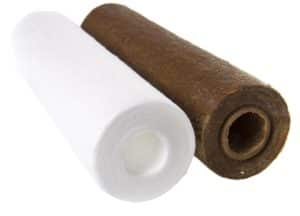How Can I Tell if My Water Well is Affected by the Drought?
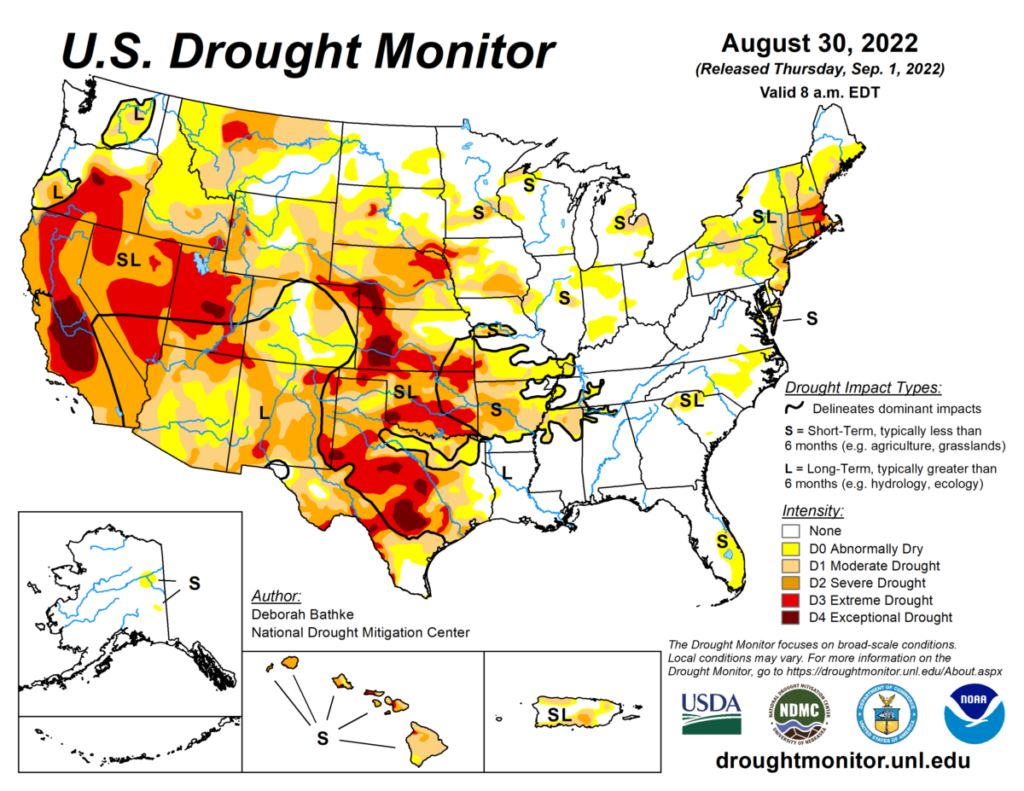
The invisible nature of groundwater leads to an uneasy feeling that the well water supply could dry up without warning during a drought. If you reside within a region affected by drought, be on the lookout for a change in your well water.
If you experience a dry well condition where the well is actually pumping air, consult with a qualified professional water well water contractor to see what the level of the water is in the well. The following are some frequently asked questions about the impacts of drought on household water wells.
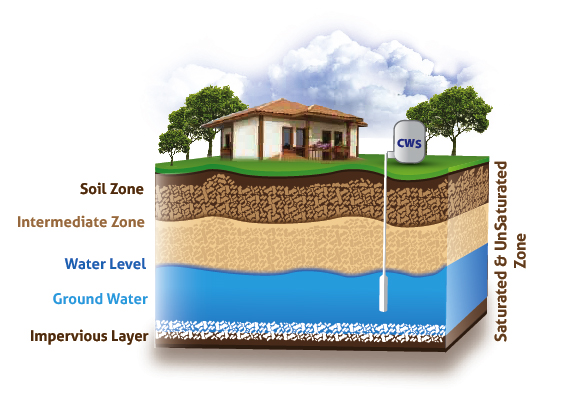
what you need to do during a drought.
Frequently Asked Questions About How Can I Tell if My Water Well is Affected by the Drought?
Q. I am concerned that my water well may be going dry, is it useful to try to monitor the water level in my well myself?
A. Wells “go dry” when the water level during pumping draws down below the pump intake. If you know the depth to the pump intake, then knowing the depth of the water level provides an indication of whether the well is at risk of going dry. If the depth of the pump intake is unknown, simply knowing the depth of the water level is not very useful.
Using a weighted string or long tape measure to measure the depth of your well yourself is possible, however, you must be very cautious not to do it incorrectly as you may end up contaminating your well.
Those who are unfamiliar with well construction and maintenance, water pumps, working with electrical wiring in damp environments, etc. and the associated hazards and required safety practices are advised to not try to open their well and measure water levels.
Q. My water well produces only a small amount of water each time the pump turns on. Is there any way to get more water from it?
A. If the well produced plenty of water when it was constructed, the pump may have been installed at a depth considerably above the bottom of the well. If that’s the case, it may be possible to have the pump intake lowered to take advantage of water at greater depth.
Contact the firm that constructed the well and ask them to check their records to see if lowering the pump intake is a feasible option.
Q. A regional rural water system pipeline runs through my property. If my well starts to go dry, will I be able to hook up to rural water?
A. That will depend on whether the regional water supply has excess delivery capacity at your location. Regional rural water system pipelines are typically built to handle the water needs of customers who signed up at the time the system was constructed.
Building unused capacity to handle uncertain future demands is costly and can threaten the financial stability of a rural water system and drive up water rates for all customers.
Q. I will have water trucked to my home to supplement the water in my drought-affected well. Are water haulers regulated? How can I be sure that the hauled water is safe for human consumption?
A. Not always, because water hauling is not very common. When contracting with a hauler to supply water for human consumption, be sure to let the hauler know that you are concerned about sanitation practices and the safety of the water. Request documentation confirming the source of the hauled water and insist that the water come from a treated public water supply.
Q. When the water tanker comes to my home, they are going to dump the water into my well so that I can use the well pump to deliver the water into my house and farm water distribution system. Are there concerns that I should be aware of when using this strategy.
A. Dumping hauled water into a well can lead to the following problems:
- Loss of the hauled water – Hauled water that is dumped into a drought-stressed well will flow out the bottom of the well and be lost in the surrounding aquifer.
- Deteriorated water quality – dumping large quantities of water down a well may stir up fine sediment inside the well, leading to cloudy water.
- Possible well pollution – chemical or biological contaminants picked up during hauling could cause long-term well or aquifer contamination.
It is better to use a plastic or steel storage tank so none of the hauled water is wasted.
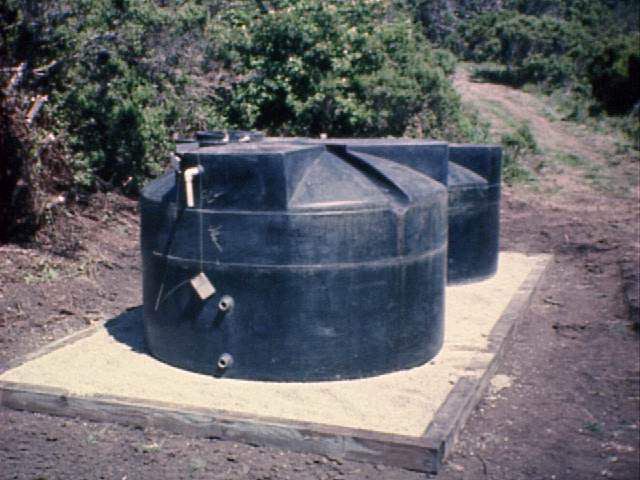
A. Using an above-ground tank helps homeowners get the most benefit from money invested in water hauling because it guarantees the nearly total recovery of all the water that is hauled.
For small quantities of high-quality water that will be used for human drinking water and food preparation, enclosed plastic storage tanks are usually the best option for maintaining the safety of the water (limiting the entry of dust, insects, rodents, birds, etc.).
For larger quantities of emergency water storage for livestock operations, collapsible open-topped tanks offer greater storage capacity at a lower cost. Since these do not prevent contamination by dust, bacteria, insects, rodents, and birds, they are not considered suitable for human drinking water without additional water filtration and disinfection.
Q. If I decide to purchase a tank for the temporary storage of hauled human drinking water, what should I look for?
A. If the water will be used for human consumption (drinking, food preparation, cleaning of surfaces that will contact human food or drink) it is recommended to purchase a storage tank having manufacturers product information indicating that it is suitable for potable water storage and/or that it meets the requirements NSF/ANSI 61 — a national health effects standard for devices and components that contact drinking water.
This helps to ensure that the tank material does not release potentially harmful pollutants into the drinking water and that pollutants introduced during the manufacture of the tank have been removed.
Q. How can I conserve water to relieve the burden on my well?
A. Water conservation measures become critical during times of drought. Homeowners relying on private wells should begin to conserve water as soon as drought conditions occur. Water use within the home can be significantly reduced through changes in habits and by installing water-saving devices. In emergency situations, changes in water use habits can provide quick reductions in water use.
Examples might include flushing the toilet less often, taking shorter showers, using buckets from sink or shower water to water your landscape, only washing full loads of dishes or laundry, and collecting water from roof gutters for outside use. It is also important to note that certain drought declarations may also require water use reductions or restrictions on water use. For example, a “drought emergency” declaration bans the nonessential use of water such as car washing and lawn watering. These regulations apply to everyone, including homeowners with private wells
For more help on addressing well problems during the drought, don’t hesitate to e-mail us at [email protected], leave us a message on Facebook, or use our online contact form for prompt, personalized assistance from our trained professionals. Thanks for reading!



